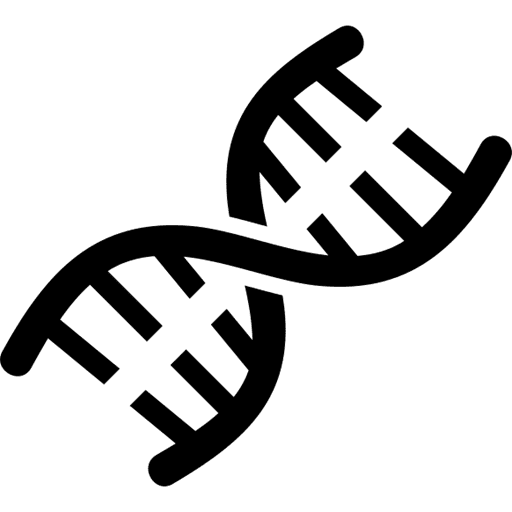Most forms of cancer are caused by genetic defects, whether inherited or acquired throughout life. Cancer is a genetic disease that occurs when genetic mutations cause the cell to alter the expression of its genes. Accumulated genetic mutations within the cell can result in the abnormal increase of genes associated with cell growth, as genes provide the codes for the formation of proteins necessary for proper cell functioning.
What type of genetic mutations causes cancer?
Germline mutations are in the reproductive cells (germ cells) in the body, which are the egg and sperm. These mutations will be passed to the next generation thus causing increase predisposition to cancer due to the presence of susceptibility genes.
Somatic mutations are in the somatic cells which could be any other cell in the body not including the germ cells. These mutations are not passed from parent to child and are thus not germline mutations.
Read On Mutations: Why Should You not Marry In Close Relations? – Mutations!!
What can cause genetic changes that result in cancer?
Most cancers are not caused by a single gene, but rather by a complex interplay of genetic and environmental factors. As a result, cancer typically develops later in life, usually after the age of 40.
Carcinogens, exposure to ionizing radiation, and prolonged exposure to UV rays from the sun are among the environmental factors that can cause genetic changes leading to cancer.
Environmental exposures can cause DNA mutations through epigenetic modifications that can either silence tumor suppressor genes or enhance growth genes, resulting in abnormal gene expression. This can lead to cancer as the cell’s function becomes abnormal, causing it to grow and divide at an abnormal rate.
The accumulation of cells can lead to the formation of a tumor and may result in an increase in the release of certain enzymes or hormones beyond the body’s homeostatic level. If the tumor is benign, it can still be removed through surgery. However, if a capillary system develops around the tumor, it can become metastatic, allowing cancerous cells to pass through the capillary wall and spread to other parts of the body.
Genes associated with cancers
One of the most common genes associated with human cancers is the TP53 gene. It normally codes for a tumor suppressor protein (p53) that functions as an antiproliferative protein in response to cell stresses.
Somatic mutations of this gene are known to be associated with many cancers, germline mutations of TP53 gene result in a disorder known as Li – Fraumeni syndrome which will cause early – onset of a spectrum of cancers.
BRCA1 and BRCA2 genes are associated with breast and ovarian cancer. These genes are tumor suppressor genes that normally function in regulators for DNA repair, transcription of DNA to mRNA, and also cell cycle response to DNA damage.
Germline mutations in these genes, inherited in an autosomal recessive manner, can predispose the next generation to breast and ovarian cancer. If a parent has cancer, there is usually a 50% chance that individual progeny will inherit the mutation variant.
Genetic counseling is available for parents planning to have children, and prenatal tests are available for families with a history of cancers that may be at risk of cancer predisposing genes in the family gene pool.
References
Olivier, M., Hollstein, M., Hainaut, P. (2010). TP53 Mutations in Human Cancers: Origins, Consequences, and Clinical Use. Cold Spring Harbor Perspectives in Biology, 2(1), a001008. https://cshperspectives.cshlp.org/content/2/1/a001008
Petrucelli N, Daly MB, Pal T. BRCA1- and BRCA2-Associated Hereditary Breast and Ovarian Cancer. 1998 Sep 4 (Updated 2016 Dec 15). In: Adam MP, Ardinger HH, Pagon RA, et al., editors. GeneReviews®. Seattle (WA): University of Washington, Seattle; 1993-2017. Available from: https://www.ncbi.nlm.nih.gov/books/NBK1247
Yoshida, K. and Miki, Y. (2004), Role of BRCA1 and BRCA2 as regulators of DNA repair, transcription, and cell cycle in response to DNA damage. Cancer Science, 95: 866–871.
